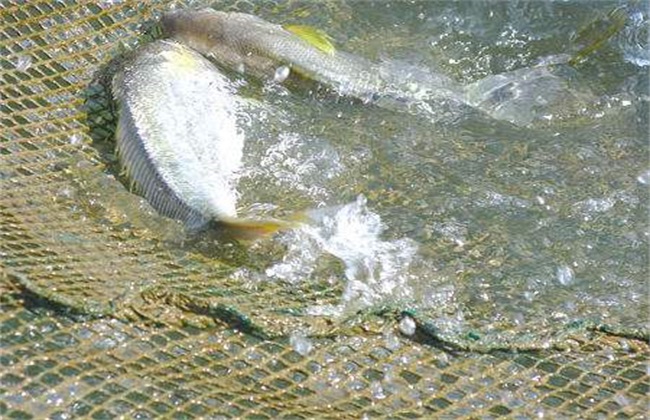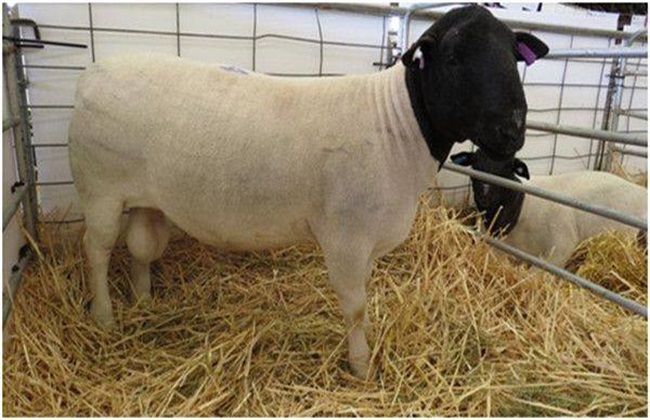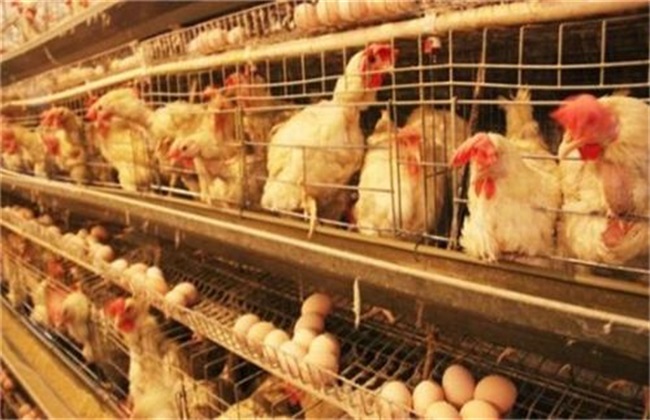Culture management of Pseudosciaena Crocea
Yellow croaker can be divided into two kinds: big yellow croaker and small yellow croaker, which are mainly distributed in the offshore areas of China. They are important economic fish and can be processed into protamine in addition to fresh food. Is a kind of migratory fish. In the past, they were all wild, but now the number of wild fish has decreased due to the poor environment, so there is also artificial cultivation and breeding. Today, the main purpose is to introduce how to manage the farmed yellow croaker and what is special about it.

I. feeding management
Small fish mainly feed on small fish and shrimp in the water, and occasionally eat aquatic plants and seaweed. After artificial culture, they mainly feed other fish, and generally choose the fish near the shore of the sea area. You can add other feeds or vitamins, or concentrate feeds and medicines with food ingredients in the middle of the feed. It is usually fed less than three times a day. The feeding amount is determined according to the size of the fish.
II. Water quality management
Yellow croaker likes to live in clean and clear water. After a while, fish excrement and food residues will pollute the water, causing the water to become turbid, bacteria and parasites will also occur, and the oxygen content in the water is very low. Therefore, in order to ensure that the water quality is clean, the amount of feeding should be appropriate, it is best not to leave, and the water should be changed frequently, preferably at a fixed time, but if the time is not up and the water is muddy, it is also necessary to change the water flexibly.
III. Daily management
Pay attention to the water depth of culture, cage culture, to set a high tide warning, and regularly clean the culture pond, sprinkle the whole pond with quicklime, soak for a week, after cleaning, and then put the fish into culture, during disinfection, fish should be transferred to other ponds for culture, alternately disinfect culture ponds. Salvage the leftover feed residue from the fish every day.
IV. Disease management
Once diseases or parasitic diseases are found, they should be isolated and treated in time, and the whole pool should be disinfected. White mumps disease, slow movement after infection, hunger strike, mainly blood loss and whitening of fish gills. It blooms in summer. Feed less fresh materials and use Radix Isatidis and Forsythia suspensa to treat them. The main parasite is this mud worm, which is mainly parasitic on the body surface, shedding fish scales, emaciation and death gradually after infection. Add 2% to 3% erythromycin to the feed and soak with oxytetracycline twice at intervals of one week.
The above is about the cultivation of yellow croaker should pay attention to the management of the work, which have a direct impact on the growth of yellow croaker, read the above content hope you can have a certain harvest, more related content, please pay attention to us.
Related
- On the eggshell is a badge full of pride. British Poultry Egg Market and Consumer observation
- British study: 72% of Britons are willing to buy native eggs raised by insects
- Guidelines for friendly egg production revised the increase of space in chicken sheds can not be forced to change feathers and lay eggs.
- Risk of delay in customs clearance Australia suspends lobster exports to China
- Pig semen-the Vector of virus Transmission (4)
- Pig semen-the Vector of virus Transmission (3)
- Five common causes of difficult control of classical swine fever in clinic and their countermeasures
- Foot-and-mouth disease is the most effective way to prevent it!
- PED is the number one killer of piglets and has to be guarded against in autumn and winter.
- What is "yellow fat pig"? Have you ever heard the pig collector talk about "yellow fat pig"?



